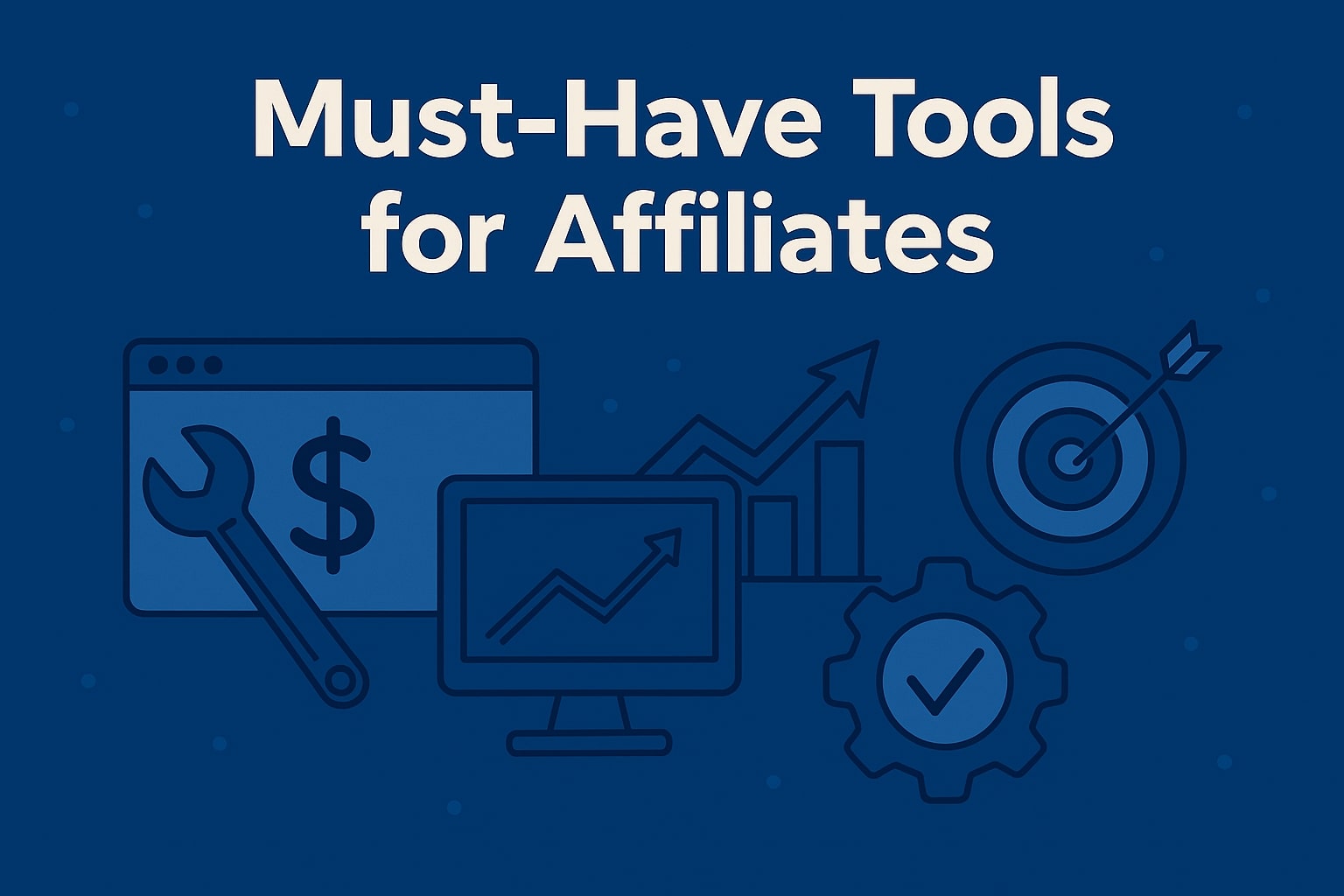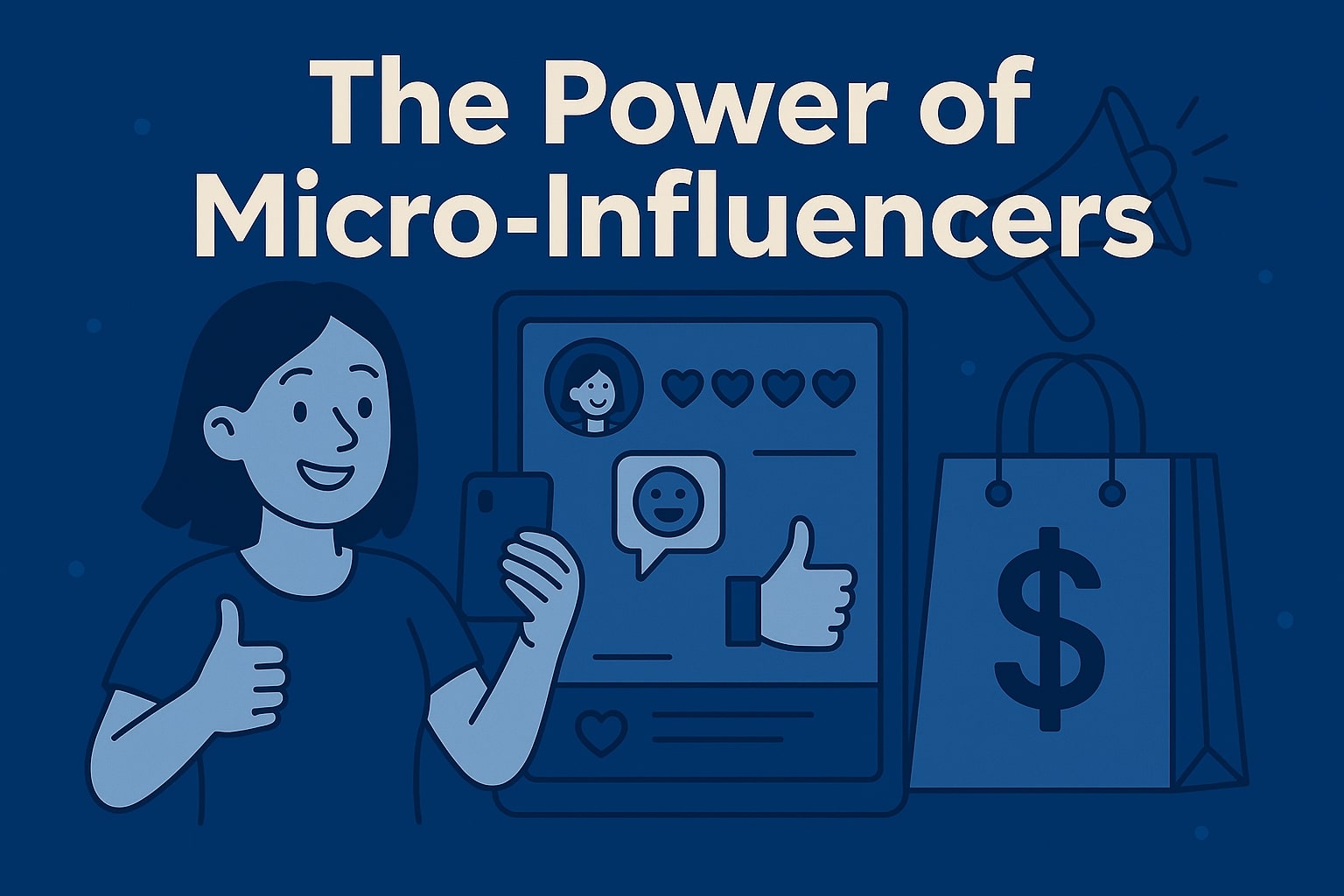Affiliate marketing offers advertisers a powerful performance-based channel: you only pay for tangible results, such as sales, leads, or sign-ups. But to turn affiliates into a high-return extension of your salesforce, you need far more than simply recruiting partners. Below are key strategies to help you optimize your affiliate program for maximal return on investment.
1. Set Clear Objectives and KPIs
Before you recruit affiliates or launch campaigns, define exactly what you want to achieve and how you’ll measure succes
Objective examples:
Acquire new customers: Expand your user base with first-time purchasers.
Reactivate lapsed customers: Drive repeat business from past buyers.
KPI examples:
Average Order Value (AOV): Aim to increase the spend per transaction.
Customer Lifetime Value (CLV): Track long-term revenue from referred customers.
Allowable Cost Per Acquisition (CPA): Set the maximum you’re willing to pay for each conversion.
By aligning each affiliate offer with these objectives and KPIs, you ensure every penny spent advances your strategic goals—rather than simply generating volume.
2. Build a Rock-Solid Program Infrastructure
A robust technical foundation is non-negotiable for scaling affiliate performance:
Accurate Tracking & Reporting
- Use reliable third-party or in-house affiliate software to capture every click, impression, and conversion.
- Offer real-time dashboards so affiliates can monitor their own performance—and you can quickly spot trends or issues.
Fraud Prevention
- Implement click-fraud detection to filter out bots and duplicate conversions.
- Set up threshold alerts for unusual spikes in activity (e.g., sudden surges in low-quality leads).
Strong infrastructure minimizes revenue leakage and bolsters affiliate confidence, enabling you to invest more aggressively once the foundation proves solid.
3. Recruit and Incentivize High-Quality Affiliates
Treat your top affiliates like star sales reps:
Identify the Right Partners
- Look beyond sheer traffic volume—prioritize affiliates whose audiences align with your customer persona.
- Consider niche blogs, loyalty sites, influencers, or coupon portals that deliver engaged, purchase-ready visitors.
Tailored Commission Structures
- Offer tiered commissions that reward higher performance (e.g., 5% base, rising to 8% after $10,000 in sales).
- Introduce bonus incentives for meeting monthly or seasonal targets.
By rewarding quality and scale, you motivate affiliates to focus on high-value traffic rather than chasing clicks alone. Read more about How to recruit high-quality affiliates as an advertiser.
4. Equip Affiliates with Creative Assets and Tools
Pre-Made Banners & Text Links
- Provide a variety of sizes, formats, and copy options that reflect your current promotions.
Product Data Feeds
- Enable affiliates to showcase up-to-date pricing, availability, and product details automatically.
Exclusive Offers
- Share unique discount codes or limited-time deals to give affiliates fresh angles for promotion.
Well-crafted assets reduce activation friction and ensure brand consistency across diverse affiliate channels.
5. Optimize Campaigns Through Ongoing Testing
Adopt a test-and-learn mindset across every program element:
Creative Performance
- A/B test different banner designs, ad copy, and calls-to-action to uncover what drives the best conversion rates.
Cookie-Window Lengths
- Experiment with attribution windows (e.g., same-day vs. 30-day) to balance affiliate payouts against actual purchase behavior.
Landing Page Variations
- Direct affiliate traffic to optimized landing pages that match the ad messaging and reduce bounce rates.
Regular testing helps you fine-tune your program, cutting waste and ramping up what works best.
6. Leverage Data Analytics for Deeper Insights
Sophisticated analysis is the backbone of high-ROI affiliate marketing:
Affiliate Segmentation
- Categorize affiliates by performance tiers, traffic sources, or customer value, then tailor offers and communication to each segment.
Cohort Analysis
- Track the long-term behavior of customers acquired via affiliates to see which partnerships truly drive LTV versus one-off sales.
Predictive Modeling
- Use historical data to forecast future affiliate performance and allocate your budget where it will yield the highest ROI.
Data-driven decision-making transforms your affiliate program from a “set-and-forget” channel into a continually evolving growth engine.
7. Integrate Affiliate into Your Broader Marketing Mix
Affiliates shouldn’t operate in a silo—they’re most powerful when coordinated with other channels:
Cross-Channel Promotions
- Align major product launches or seasonal campaigns across email, social, and affiliate partners to maximize reach.
Retargeting Sync
- Serve display or social ads to affiliate-referred users who haven’t converted—reinforcing the affiliate’s initial message.
Shared Insights
- Feed affiliate performance data back into your procurement, product, and creative teams to refine broader marketing tactics.
An integrated approach amplifies each channel’s impact, driving synergy that pure affiliate spend alone can’t match. I still remember the first time we launched an integrated Black Friday blitz: affiliate referrals combined with retargeting ads drove a 40% lift over standalone affiliate spend.
8. Monitor, Communicate, and Iterate
Maintain a dynamic relationship with your affiliates:
- Regular Performance Reviews
- Share monthly or quarterly reports highlighting wins, areas for improvement, and next steps.
Open Lines of Communication
- Host webinars or one-on-one calls with top affiliates to discuss new products, promotional strategies, and co-marketing opportunities.
Celebrate Success
- Publicly recognize star affiliates in newsletters or program updates to foster loyalty and healthy competition.
Conclusion
Optimizing affiliate marketing for maximum ROI hinges on treating your program as a strategic, performance-driven sales channel. Start by defining clear objectives and KPIs, then build a robust tracking and fraud-prevention infrastructure. Recruit and reward the right affiliates, equip them with compelling creative assets, and continually test and refine every element of your program. By integrating affiliate with your broader marketing mix and leveraging deep data insights, you’ll transform affiliate partners into a scalable, cost-effective engine for sustained growth.



